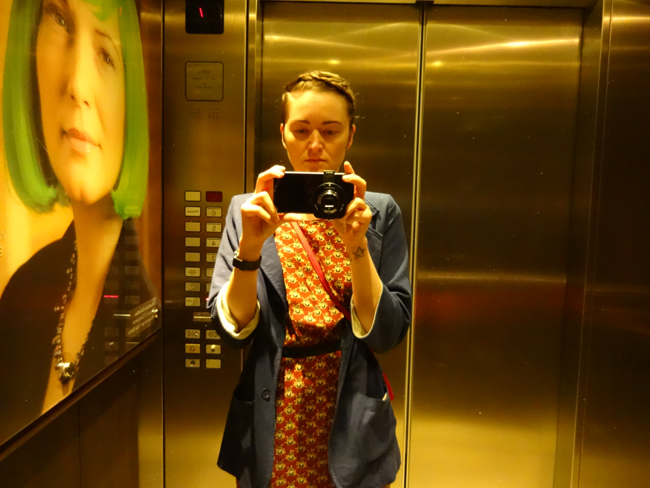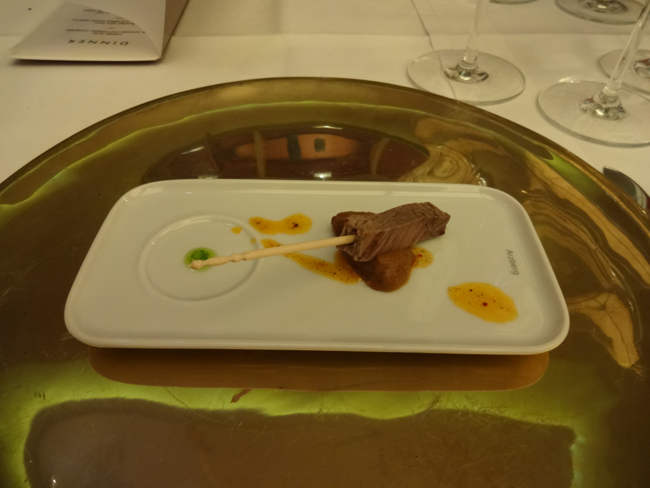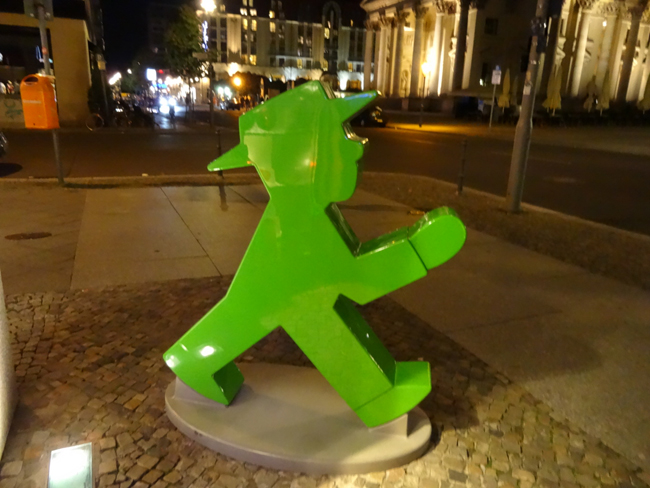At IFA Berlin, Sony had a number of new products to excite journalists, consumers and trade visitors alike, but one gadget capturing a lot of attention was the Cyber-shot DSC-QX10, an innovative new concept merging Sony’s mobile business with its digital imaging expertise.
Over the past year, the rise of smartphone photography – driven by greater camera developments in this area – has begun to eat away at the digital imaging business, particularly the compact camera market. Sony has a stake in both these markets and, with a product like the newly announced Xperia Z1 smartphone and its 20.7MP camera, stands a good chance of benefiting no matter what the consumer’s choice of point-and-shoot.
But rather than rest on its laurels, the Japanese electronics titan has dreamed up something new, inventive and exciting.
Sony Cyber-shot DSC-QX10 specifications:
- Sony G Lens
- 18.2MP 1/2.3-type Exmor R CMOS sensor
- Bionz processor
- Video: 12MP MP4 (1,440 x 1,080 at 30fps)
- 10x optical zoom
- Maximum aperture: f3.3(wide-angle) to f5.9 (tele)
- Optical SteadyShot image stabilisation
- Android and iOS compatible
- 105g including battery and micro-SD
The Cyber-shot DSC-QX10 is the gadget some of us have been waiting for. It recognises that we often use smartphones for our impromptu image-capturing needs and provides us with a compatible accessory that will make these images even more refined.
With a phone like the Z1 and its powerful rear camera, the advantages of using the DSC-QX10 arent’s as obvious. But with NFC and Wi-Fi connectivity and an adjustable mount, the lens-style camera can be affixed to a wide range of Android and iOS handsets, bringing compact camera-quality photography to the mobile experience.
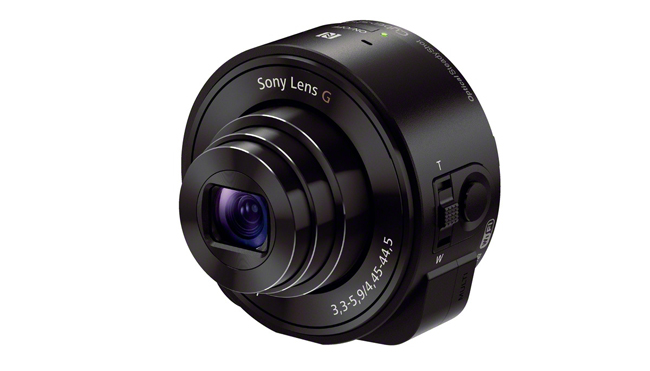
The NFC logo at the top of the Cyber-shot DSC-QX10 shows you where the one-touch connection takes place
Connection could be easier
One critical design flaw in the QX10, however, is the placement of the NFC chip on the outer rim. If this was located at the rear of the lens, where it can be fixed to the smartphone, it would save time in the process from going to connection to shooting. Instead, you have to complete the NFC connection without the lens attached, wait for it to be recognised – which can take up to 10 seconds – and then attach the camera to the phone. Hit a stray button when doing so and you could accidentally disconnect the two and have to start all over again. Or you might just end up with a bunch of photographs of your hand.
This was particularly troublesome when using the specialised camera mount case for the Xperia Z1. Despite being sold on the point of being an easy way to attach the QX10 to the premium Sony-branded device, attaching the lens to the rear casing proved to be extremely difficult – so much so that I witnessed four people try and fail to do so, myself included.
To mount or not to mount?
Using the supplied mount, however, proved much easier. This attachment allows you to quickly snap the QX10 to any smartphone 54mm to 75mm wide and a maximum thickness of 13mm – which covers a wide variety of models.
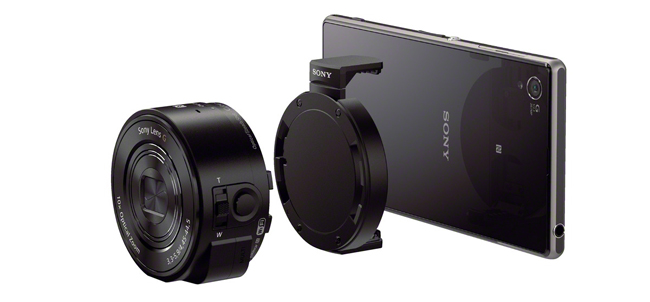
The QX10 and supplied mount, plus the Xperia Z1
By keeping the mount permanently attached to the QX10 – which adds very little to the gadget’s overall size – it can be easily locked into place on your handset of choice following connection.
That said, connecting the QX10 to a handset isn’t even necessary for its operation. It has its own power source, shutter and zoom control, and works just fine as a stand-alone device. A tiny LCD on the side tells you how much battery power you have left and the device can be charged via micro-USB. A micro-SD can be slipped inside and presto, you have a mystery cam that takes pictures you can’t see until they’re uploaded to a device with a screen – and there’s certainly an element of fun to be had in that.
The benefit of tethering the QX10 to a smartphone, though, is that you get the benefit of a large-screen viewfinder and the flexibility of using the handset as a remote for a wee camera you can place just about anywhere. There’s even a tripod mount at the base if you really want to get serious with your self-directed selfies.

Using the QX10 connected to the Xperia Z1, but unmounted
To use the QX10 on any smartphone, you’ll need to download the free Sony PlayMemories Mobile app (pre-loaded on all Xperia devices, of course). A copy of each image is then saved to your device in a smaller, more share-friendly file-size.
Test shots
The following images were all shot using the QX10 mounted to the Xperia Z1 and have been resized from the smaller files saved to the handset via PlayMemories mobile. All images were shot in low-light using Intelligent Auto and Superior Auto modes.
Verdict
The technology that’s packed into this small device is impressive, I just wish the usability would measure up to the same high standards. A better-placed NFC chip and faster, less fiddly mounting to a handset would make this ideal for capturing those fleeting golden moments. As it is, you may miss the shot in the seconds wasted preparing the device. There can also be a slight delay in the image reaching the smartphone display, which is another thing that can hold you back.
That said, there’s a lot of fun to be had with the QX10 and carrying a compact lens is a small price to pay for great photographs on-the-go. Where I see this product excelling is not for rapid-fire shooting, but certainly for those of us who like to travel light but still come home with some beautifully preserved memories.

